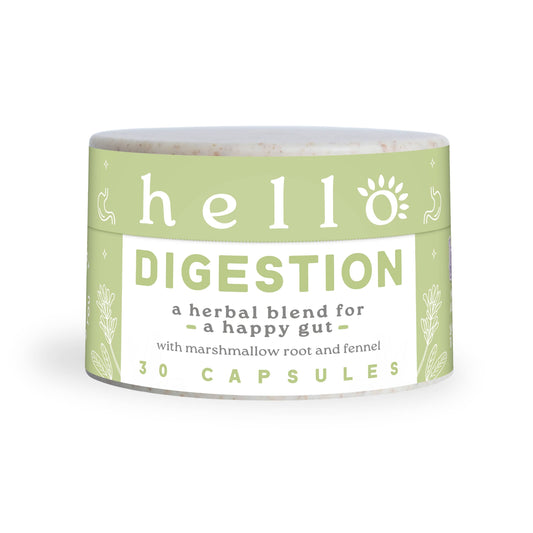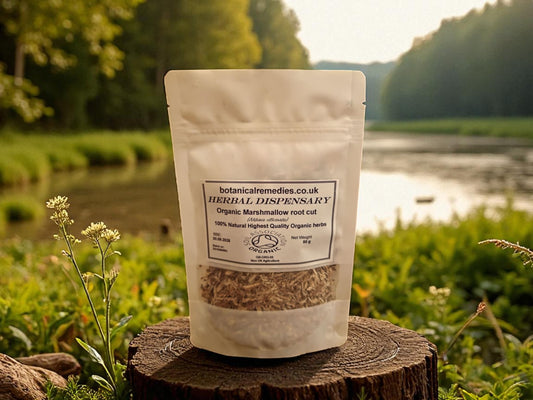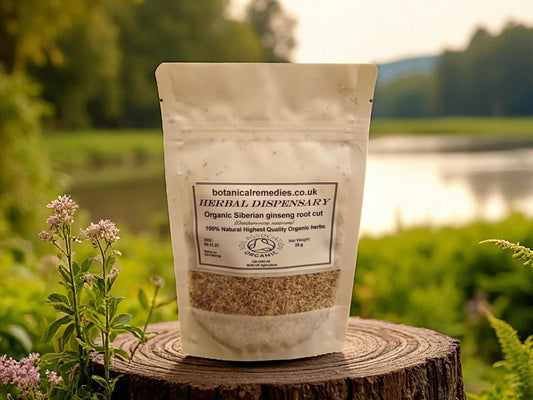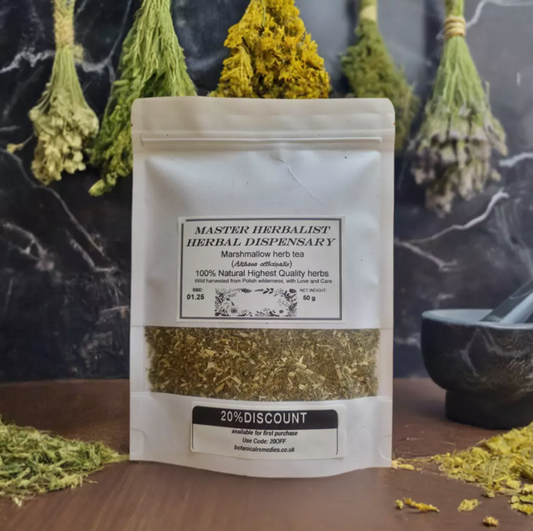Collection: Marshmallow Products
Botanical Remedies Marshmallow Products.
The Roman herbalist, Pliny said, “Whosoever shall take a spoonful of the Mallows shall that day be free from all diseases that may come to him.” The Romans consumed the boiled root that was creamed like butter as a culinary delicacy.
The French ate the young tops of marshmallow in salads as a kidney tonic and also whipped the sap into a fluffy confection. It has been used in Syria, as a food and during times of famine has been known to help keep rural poor populations alive.
The sweet treat also called marshmallow, was originally made from marshmallows. Today commercially made marshmallow uses gelatine instead.
Browse Botanical Remedies range of highest quality and purity marshmallow Products
-
Marshmallow root (Althaea officinalis) Lab proven Quality
Regular price From £2.75 GBPRegular priceUnit price / per£2.75 GBPSale price From £2.75 GBP -
Organic Marshmallow root cut (Althaea officinalis)
Regular price From £3.45 GBPRegular priceUnit price / per£3.45 GBPSale price From £3.45 GBP -
Marshmallow leaf (Althaea officinalis) Lab-proven Quality
Regular price From £2.10 GBPRegular priceUnit price / per£2.47 GBPSale price From £2.10 GBPSale -
Organic Siberian Ginseng root cut (Eleutherococcus senticosus)
Regular price From £3.45 GBPRegular priceUnit price / per£3.45 GBPSale price From £3.45 GBP -
Marshmallow herb tea (Althaea officinalis L.)
Regular price From £2.83 GBPRegular priceUnit price / per£2.83 GBPSale price From £2.83 GBPSold out -
 Sold out
Sold outHello Wellness. Hello Digestion.
Regular price From £20.00 GBPRegular priceUnit price / per£20.00 GBPSale price From £20.00 GBPSold out

















